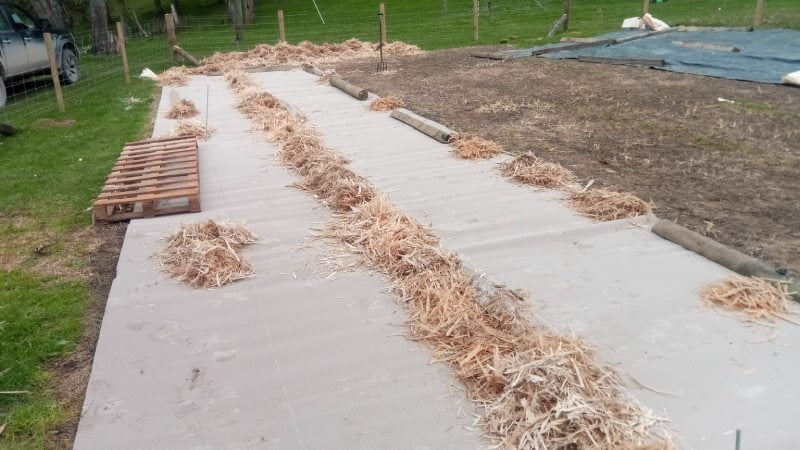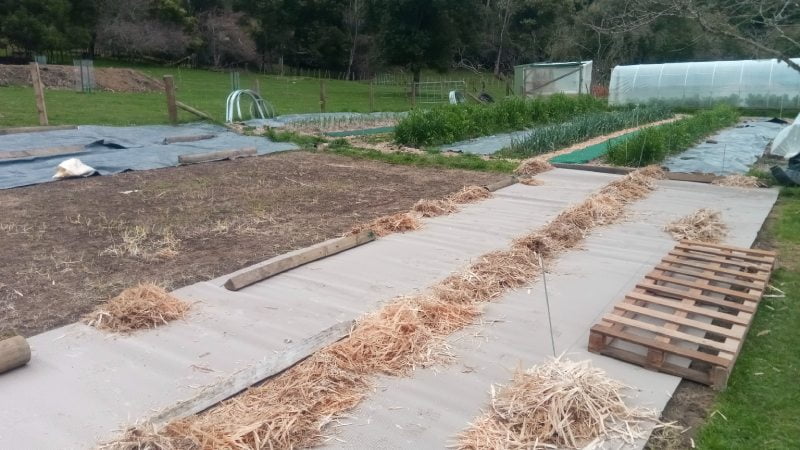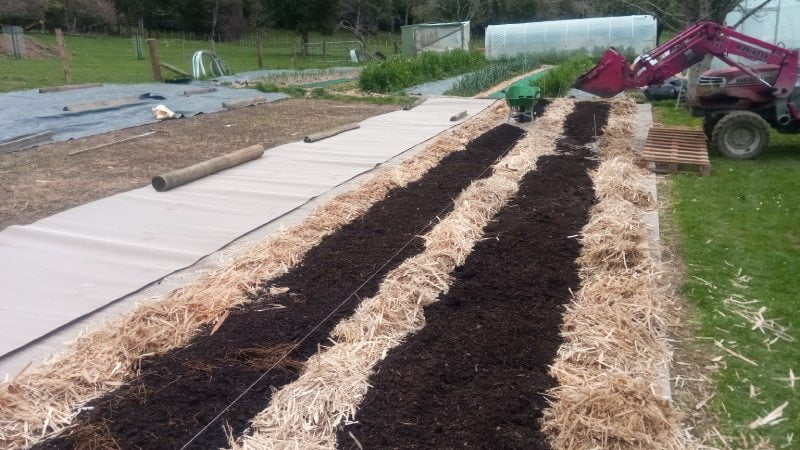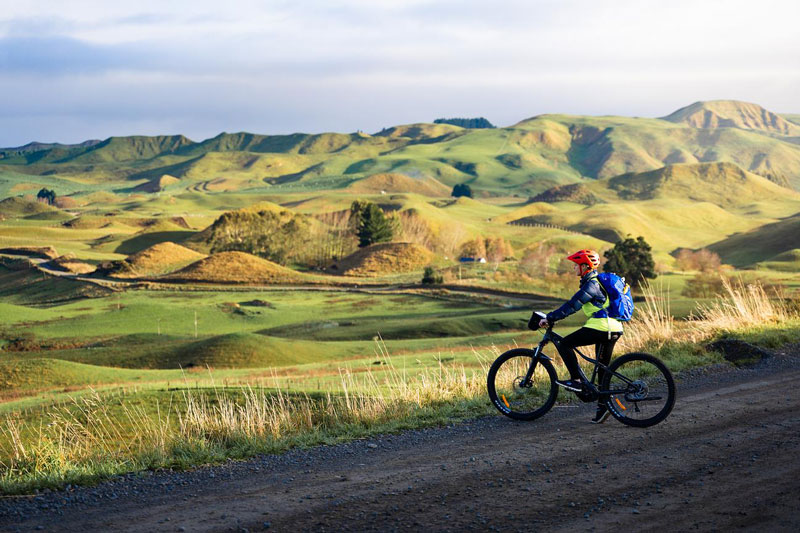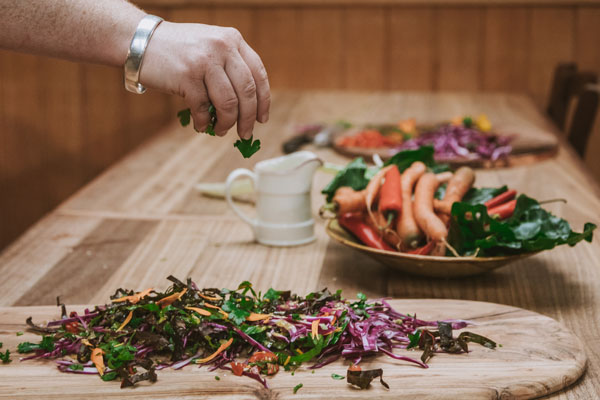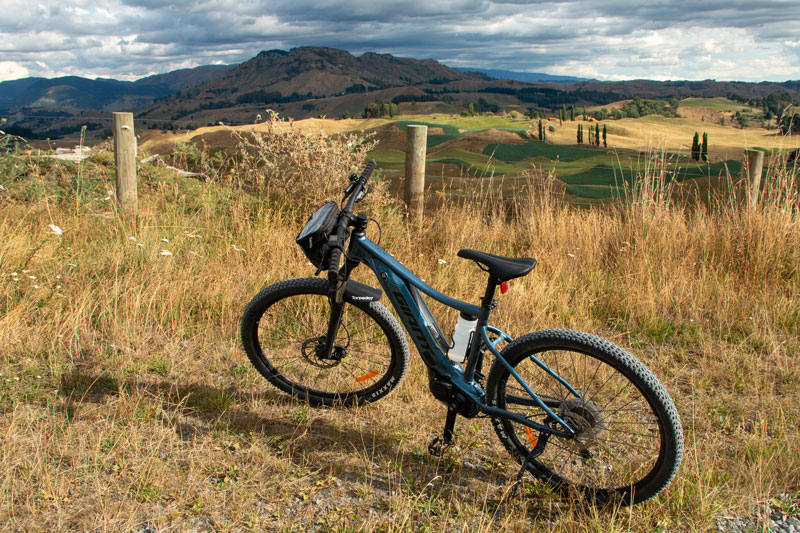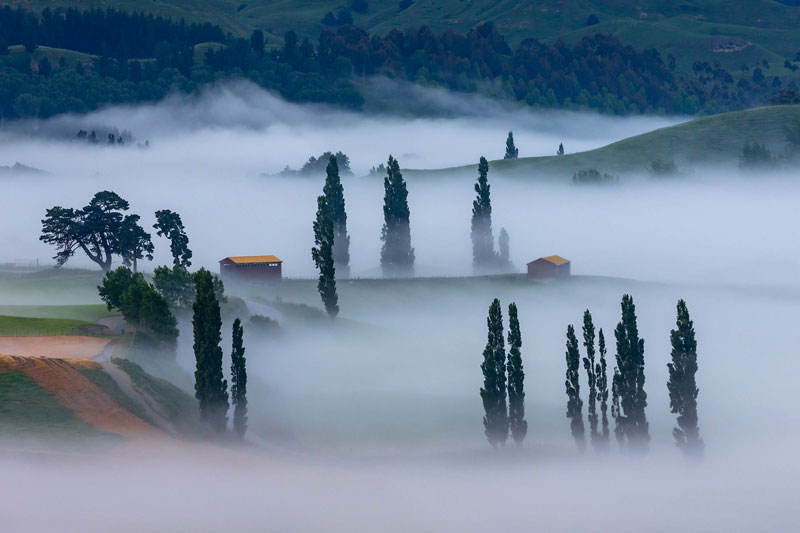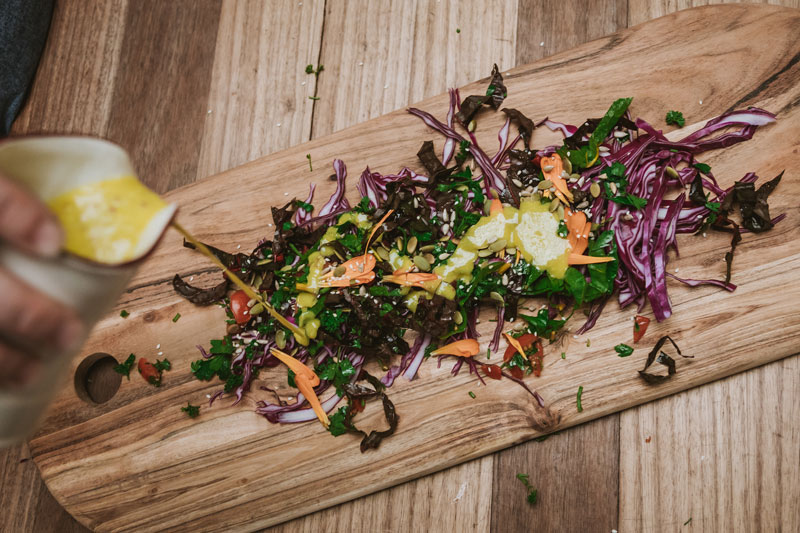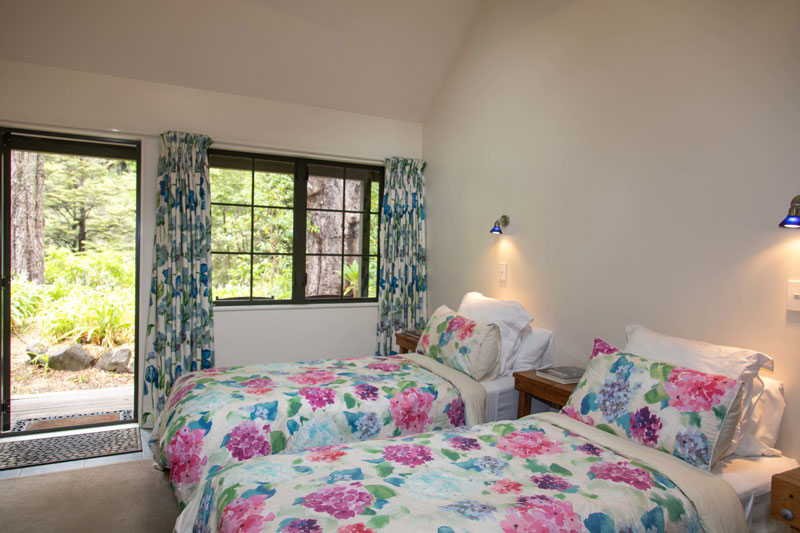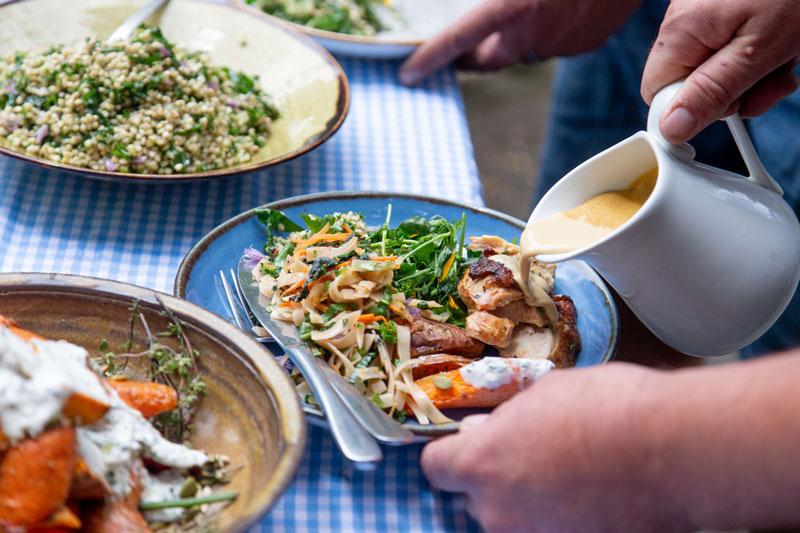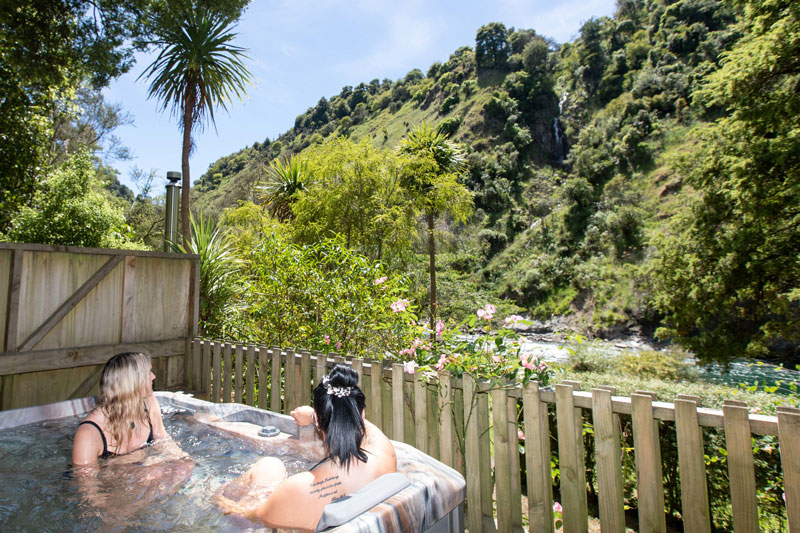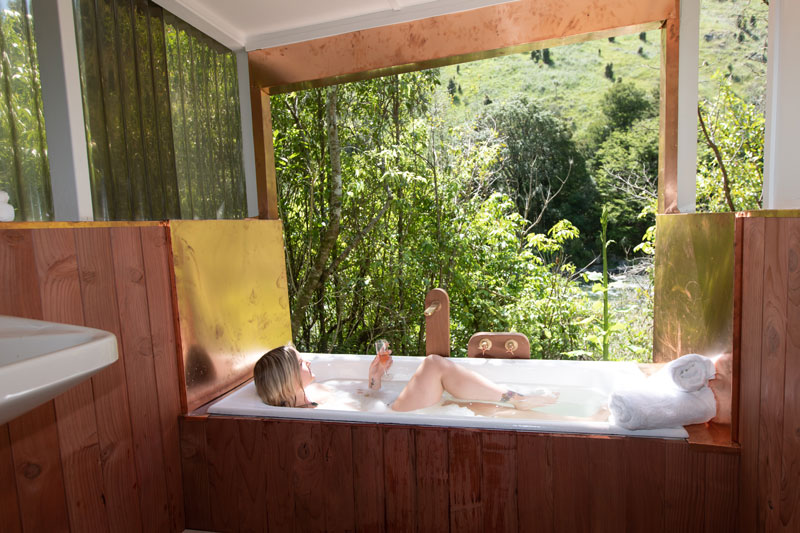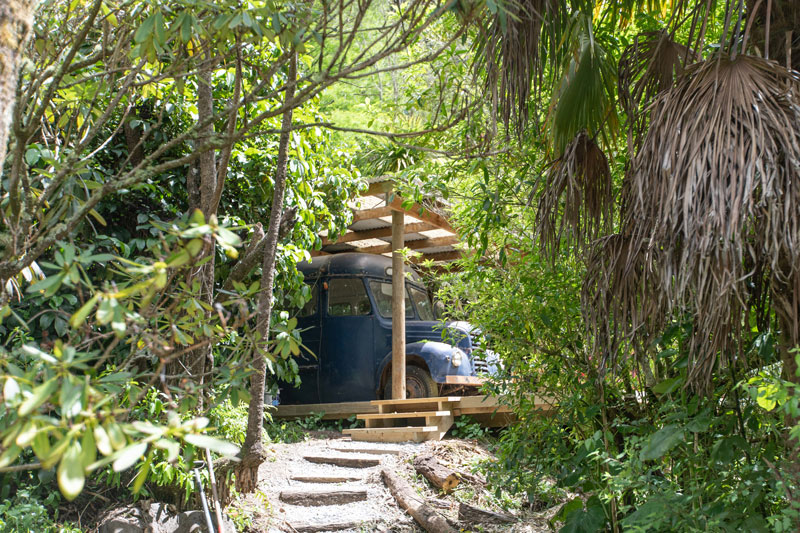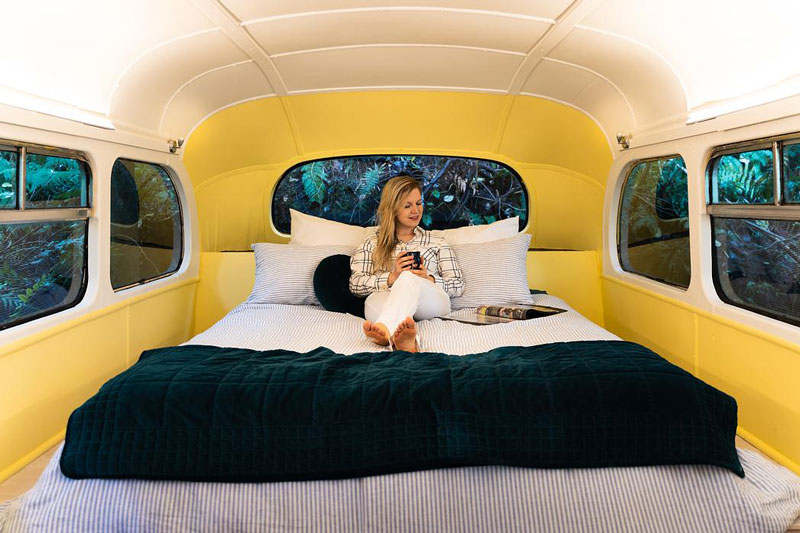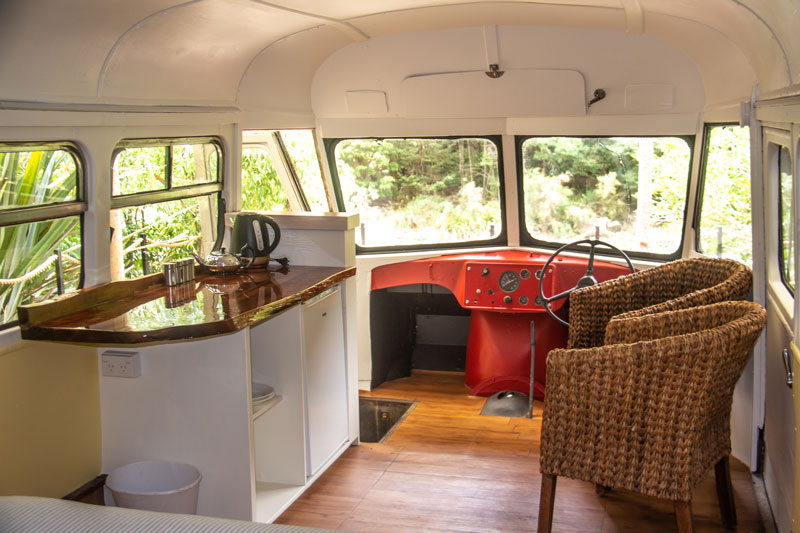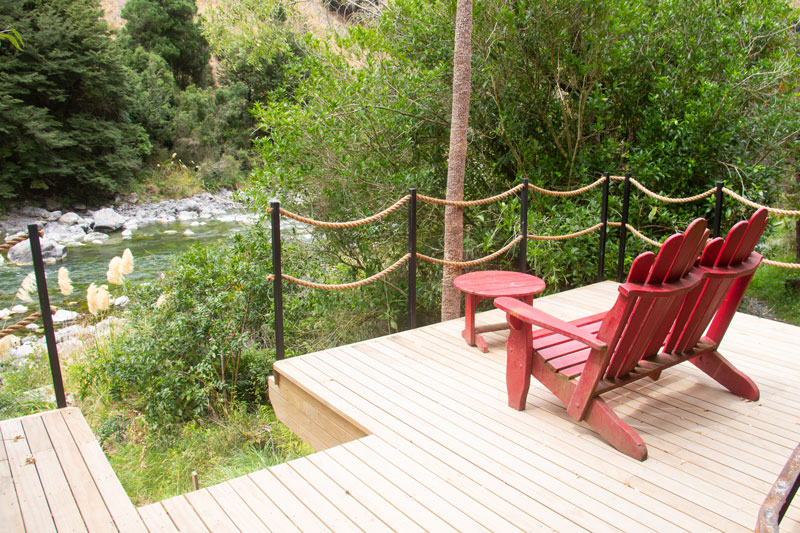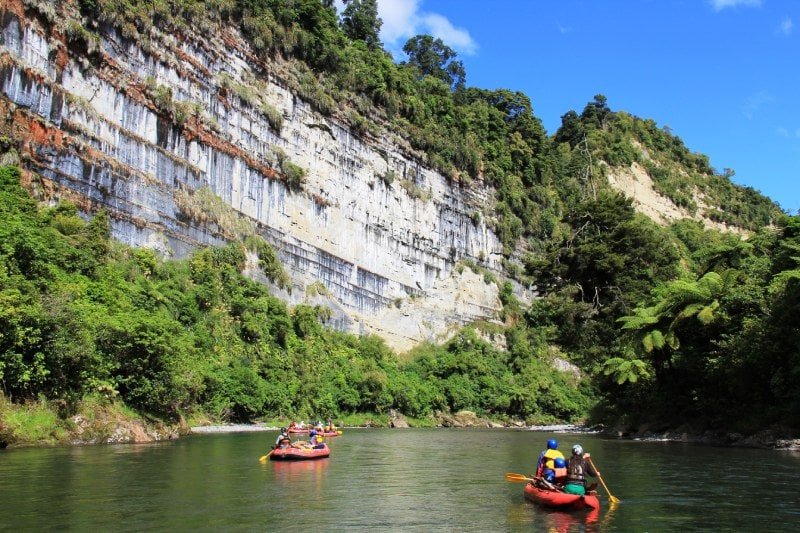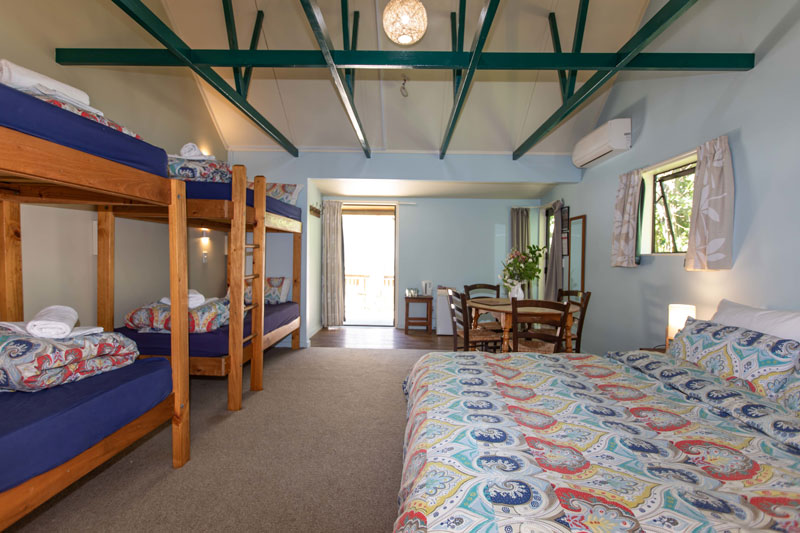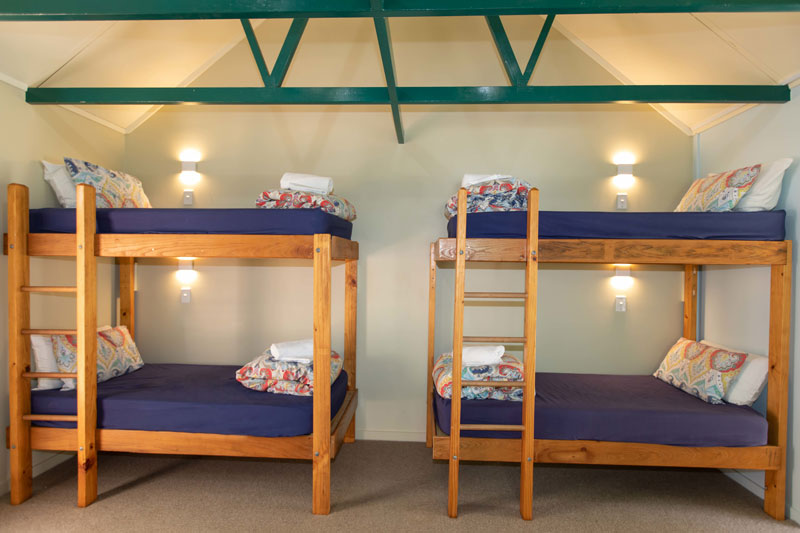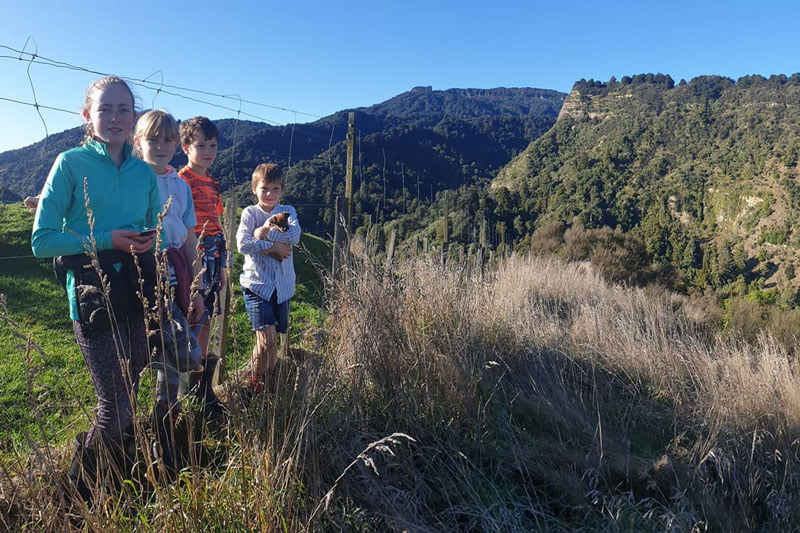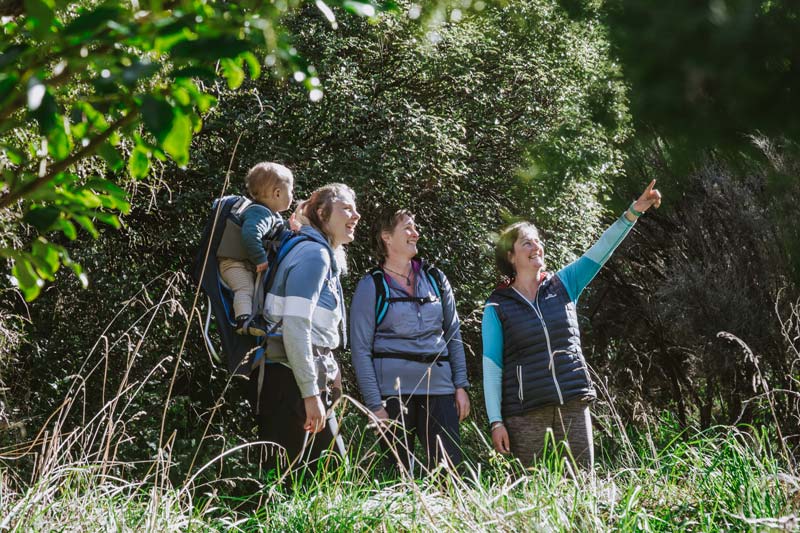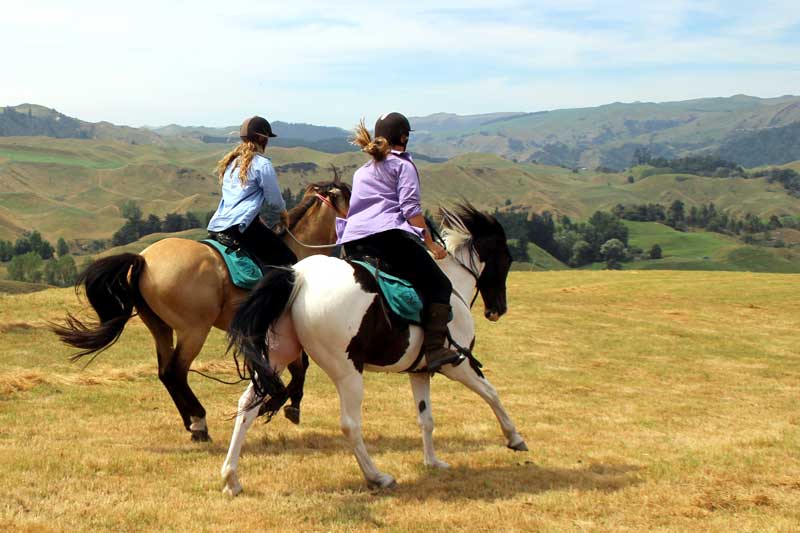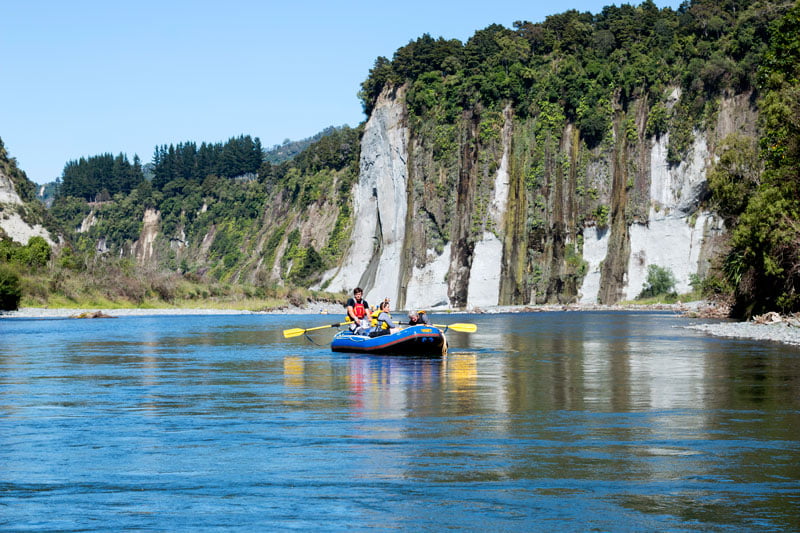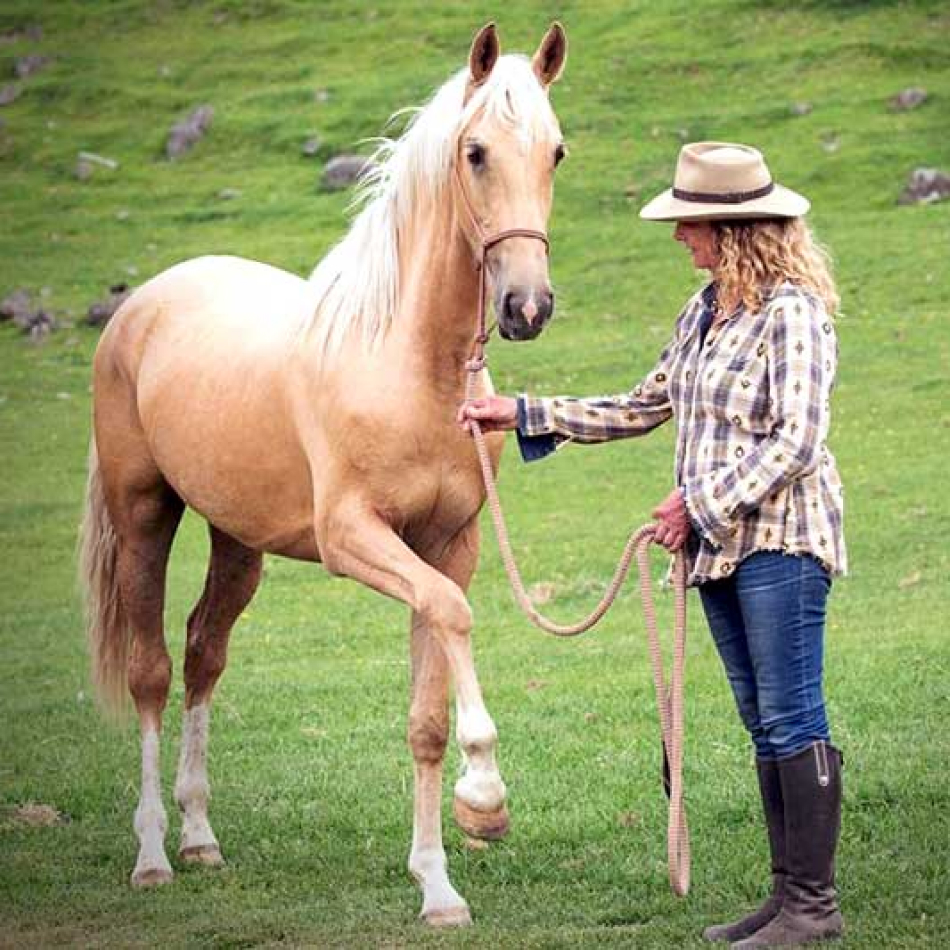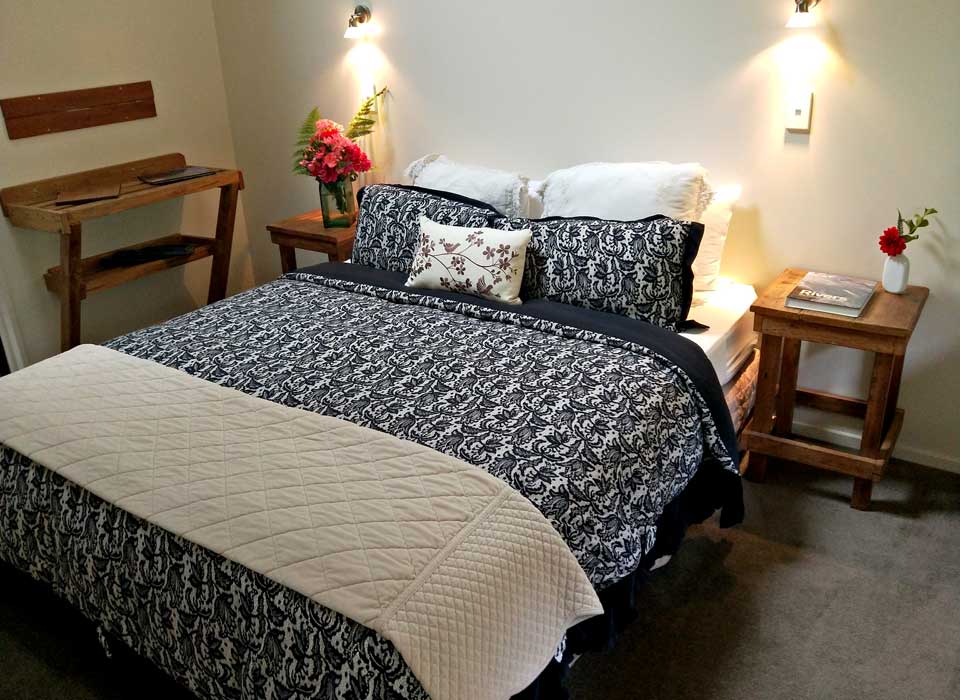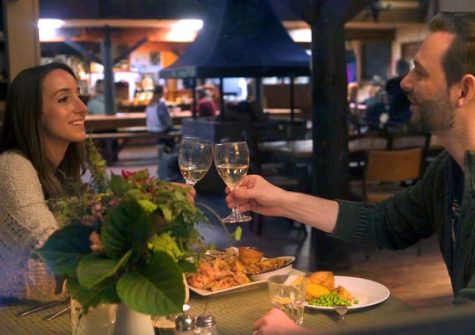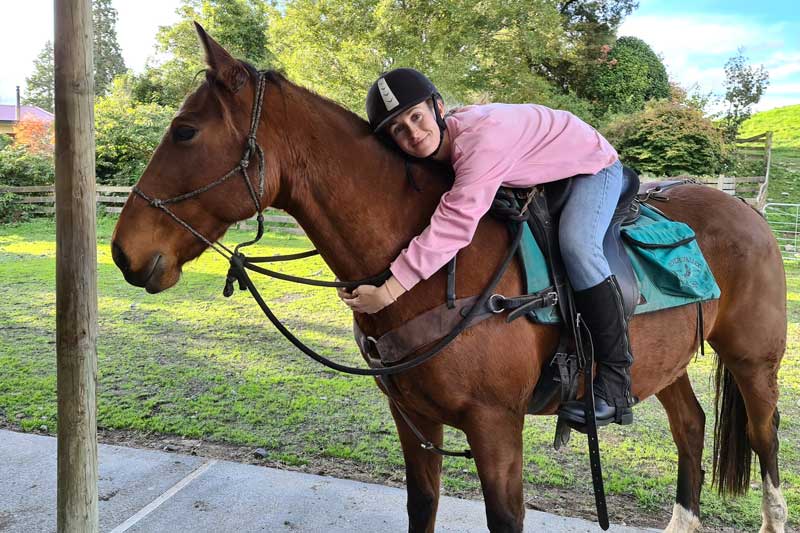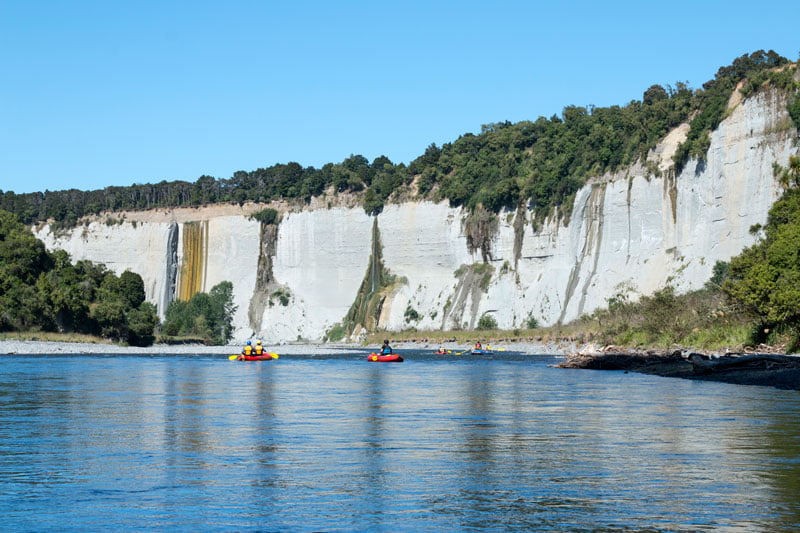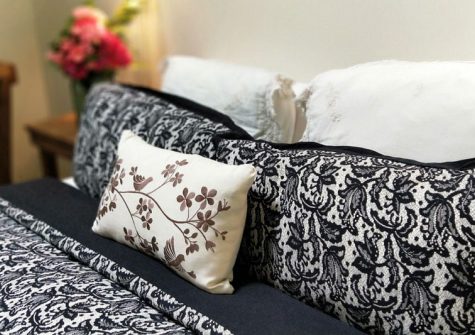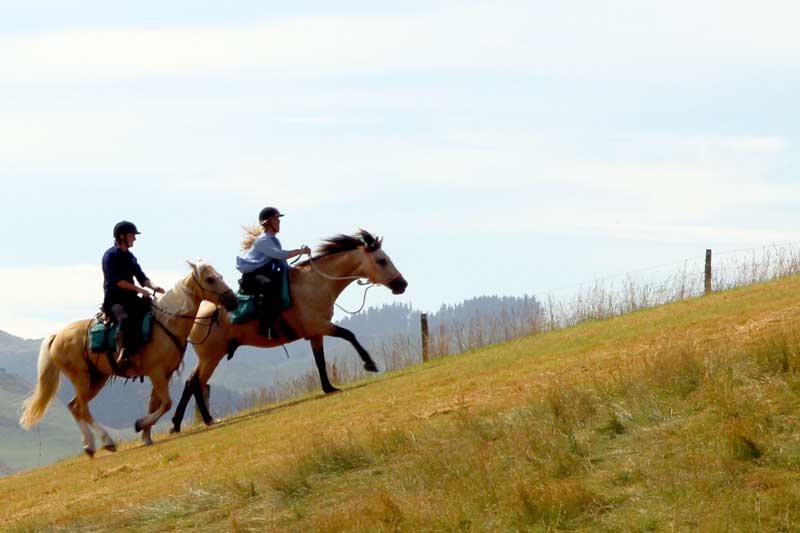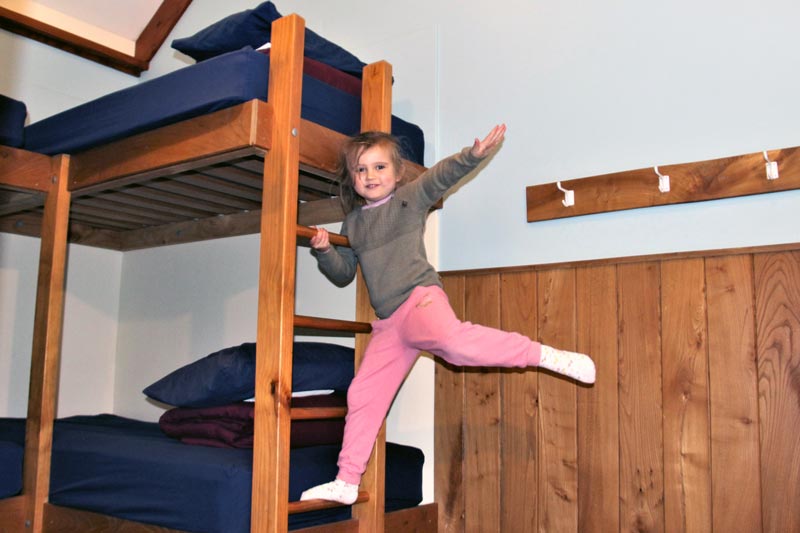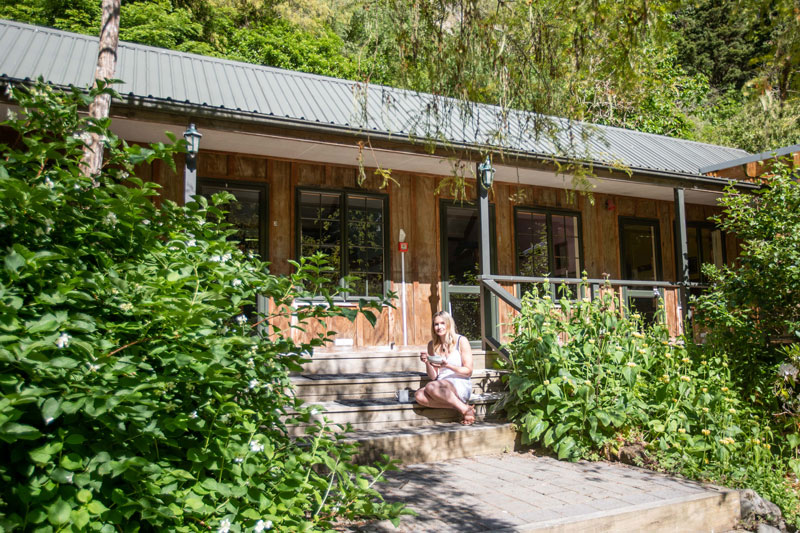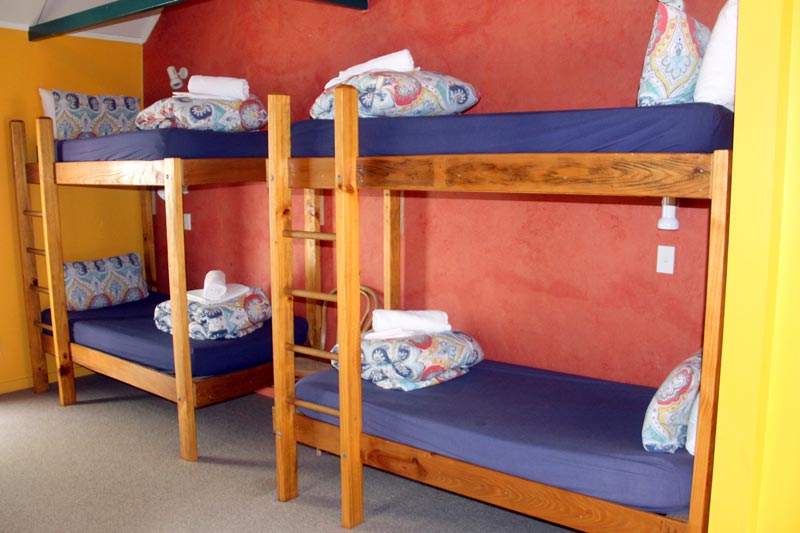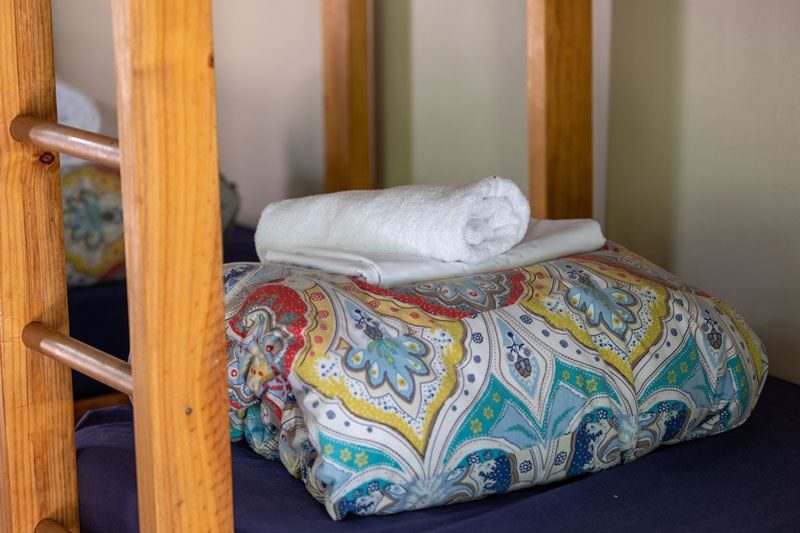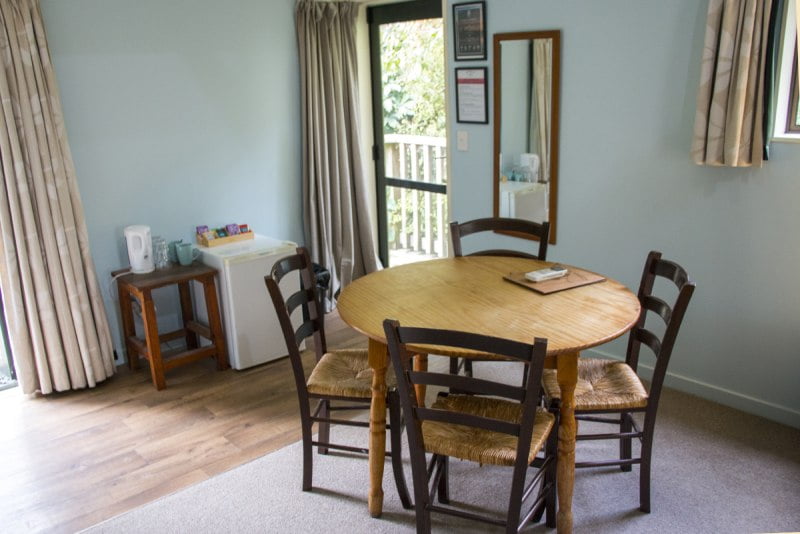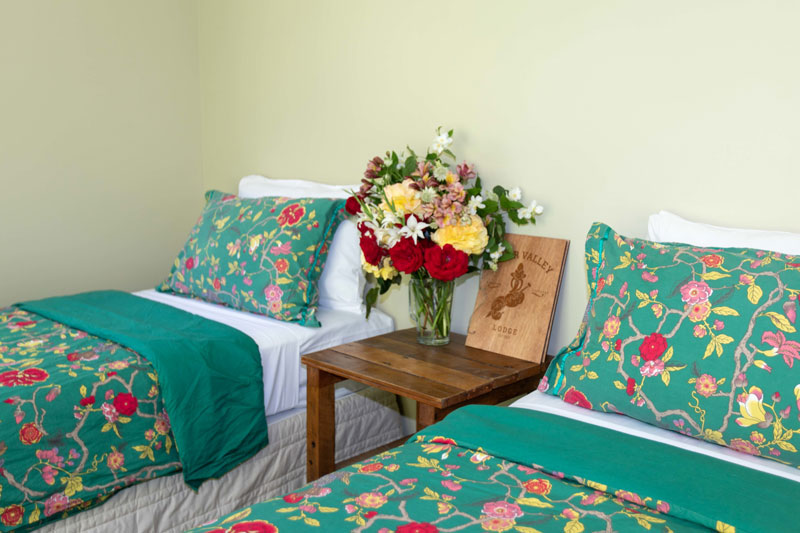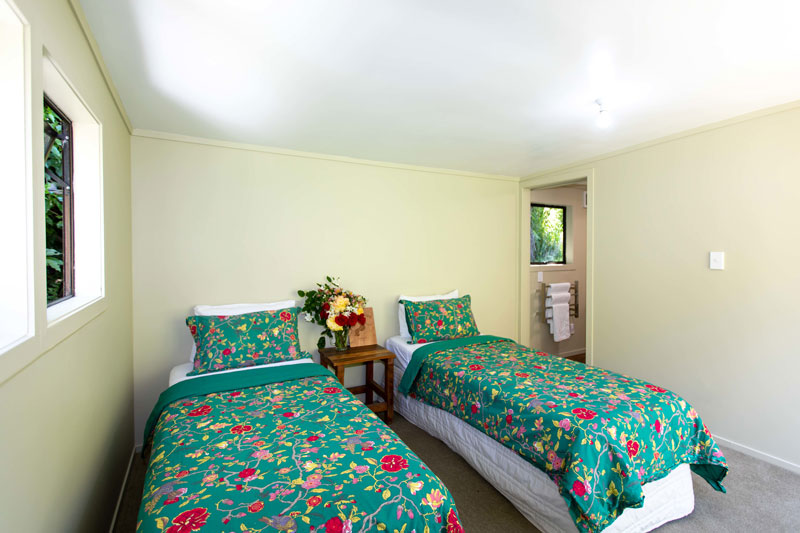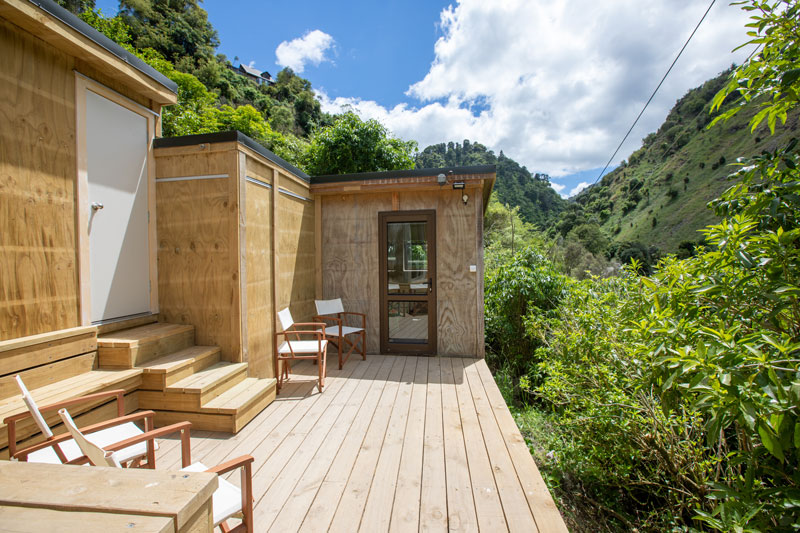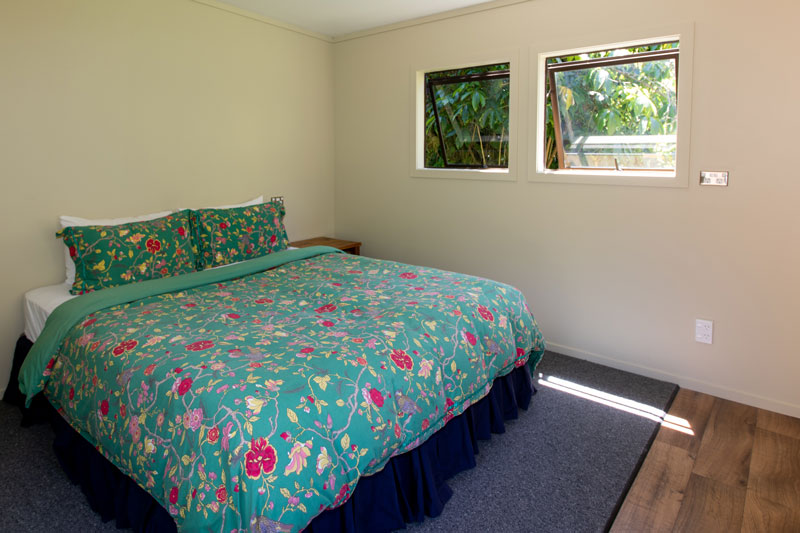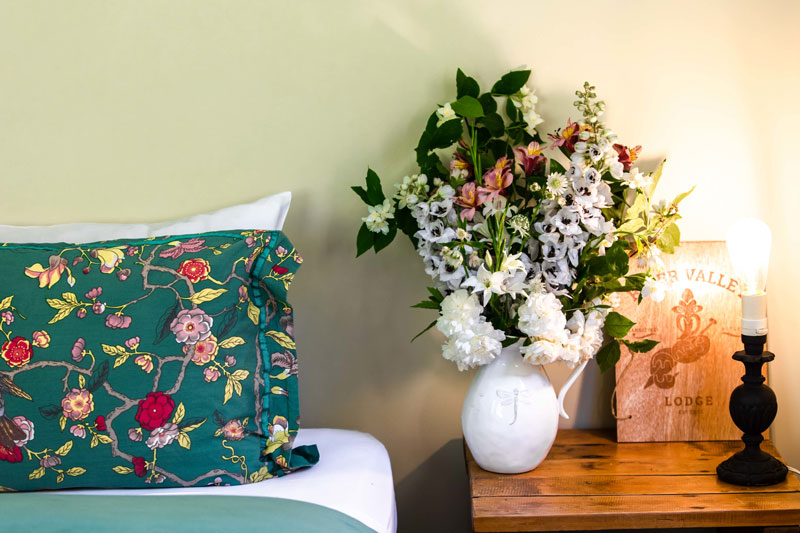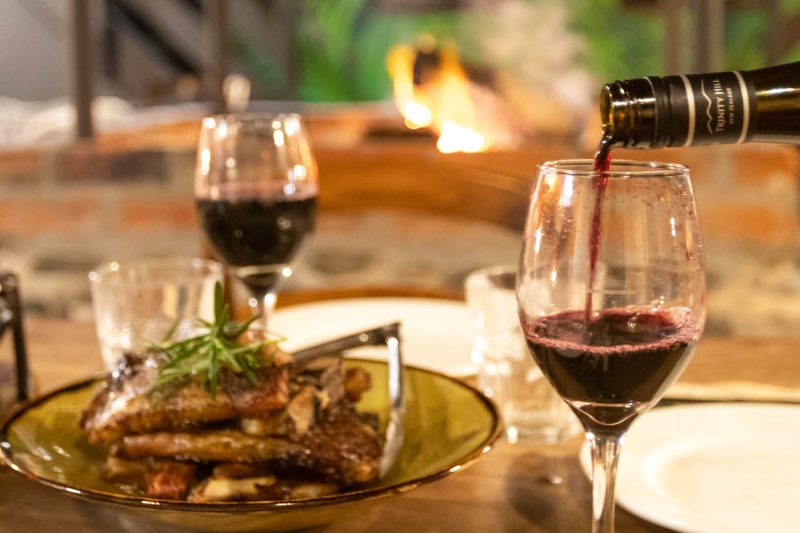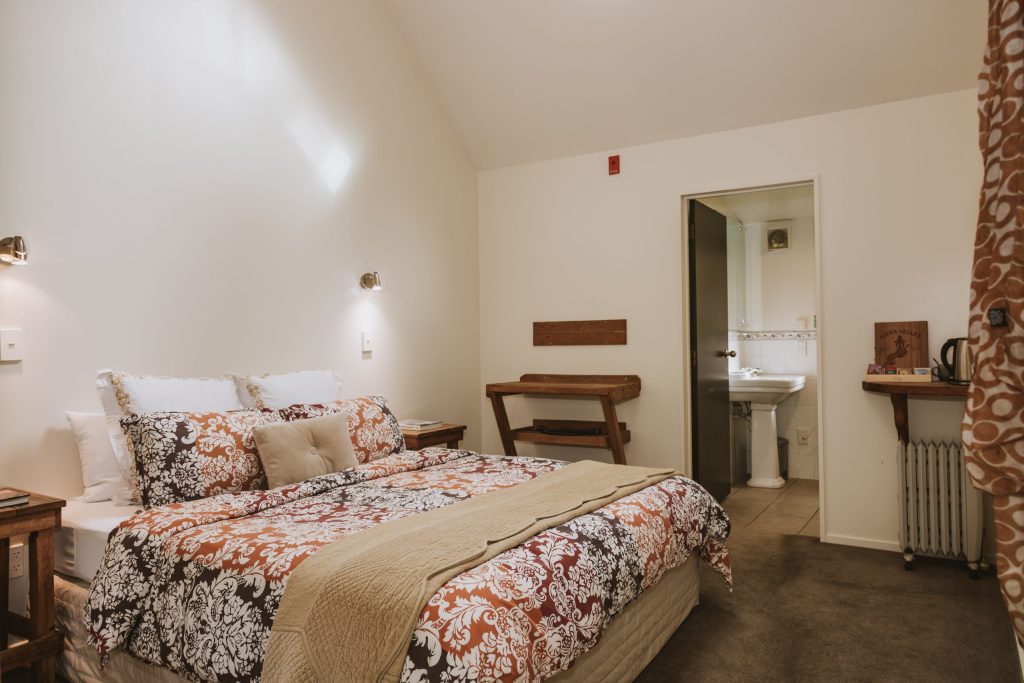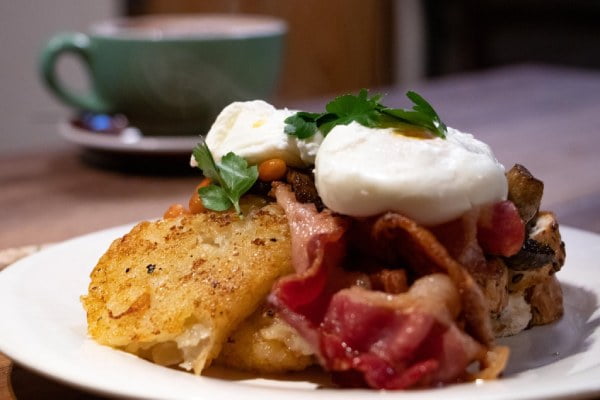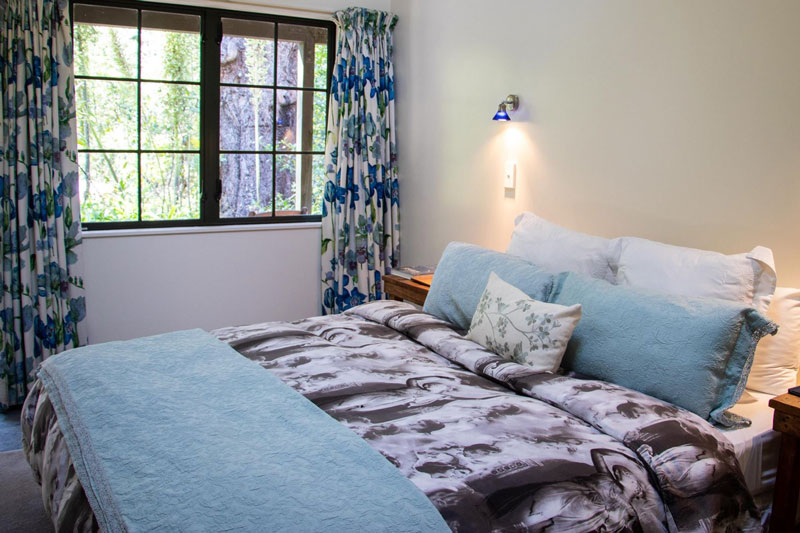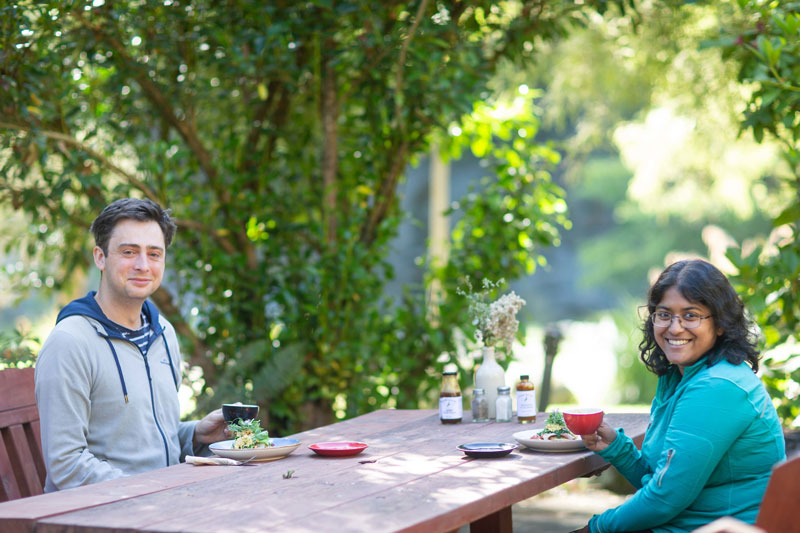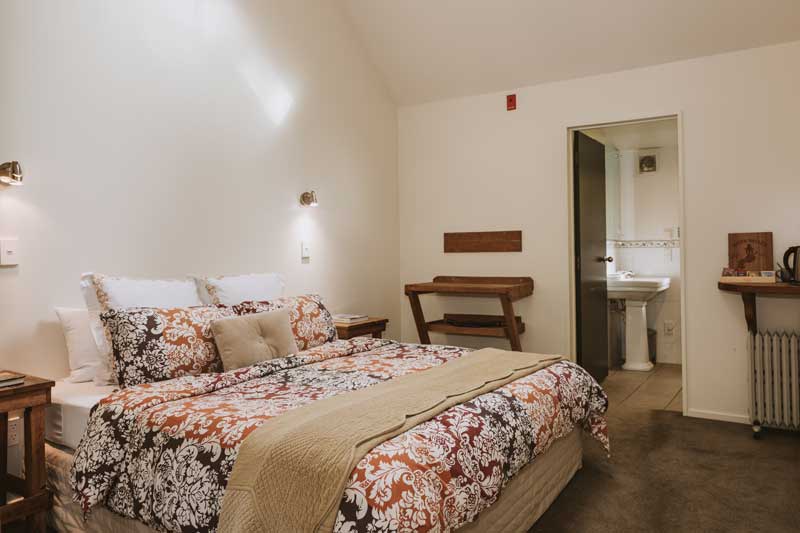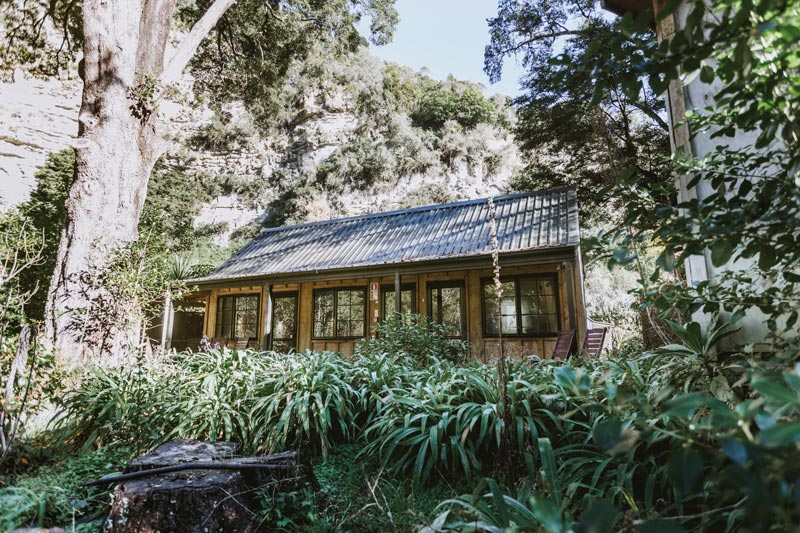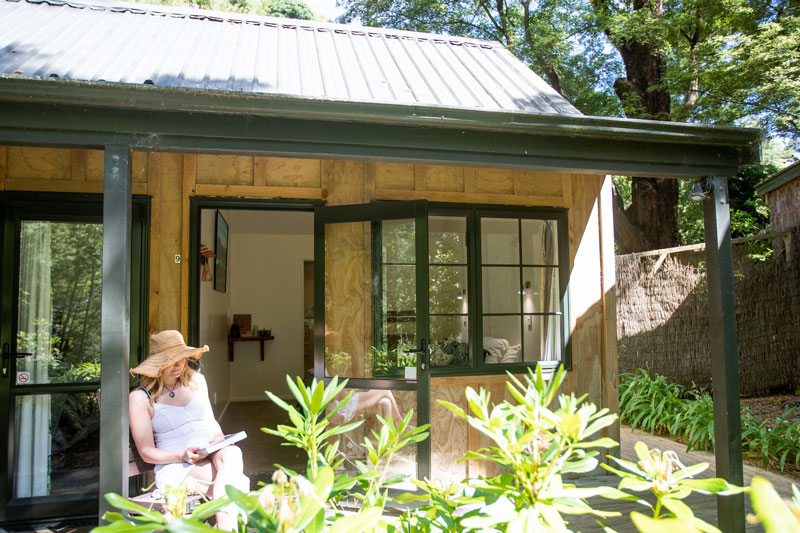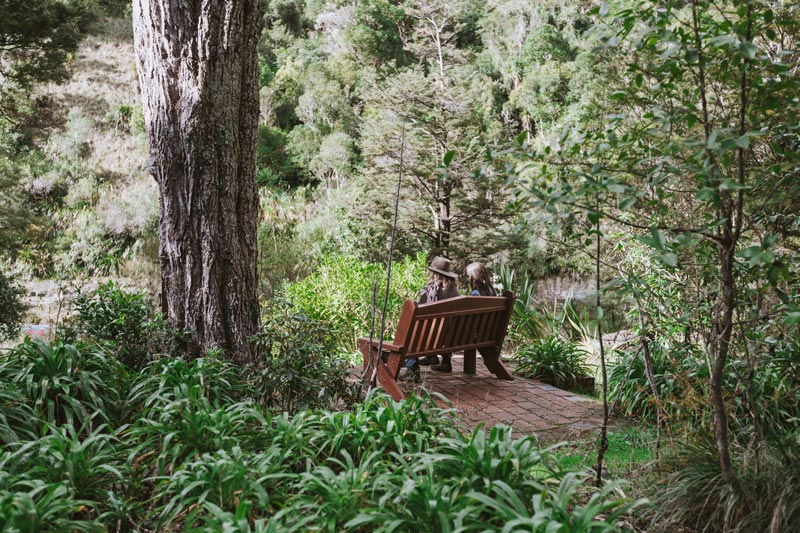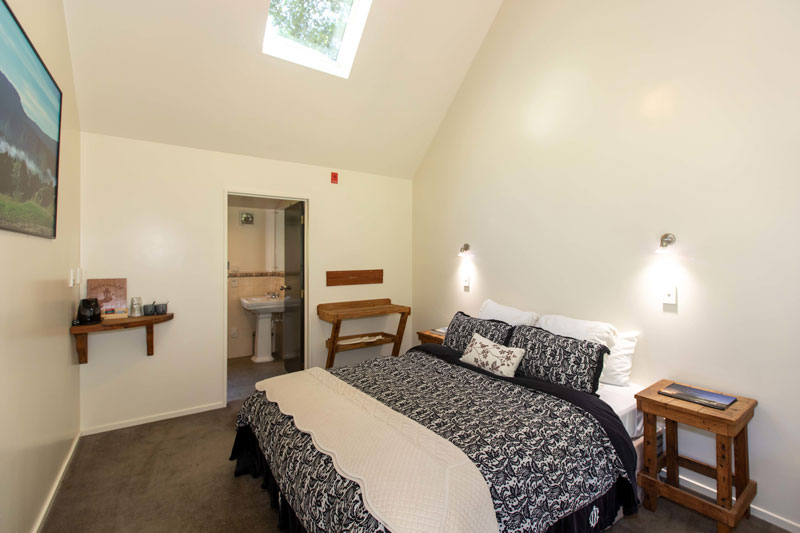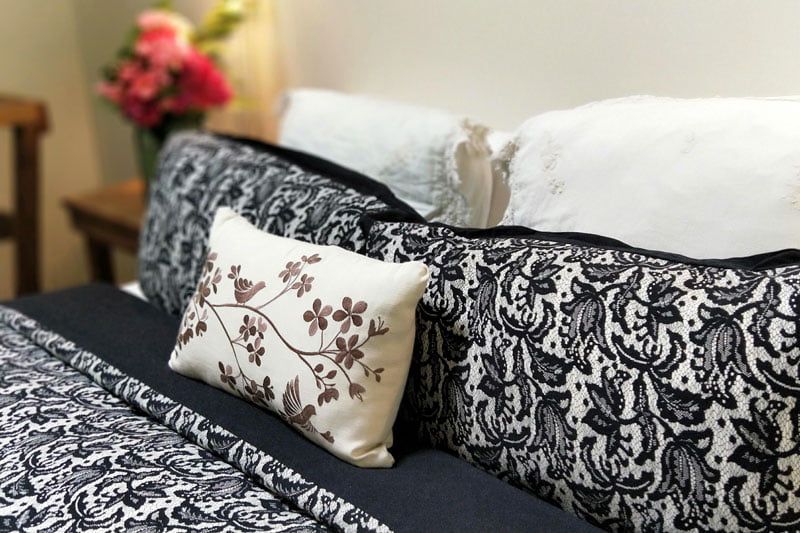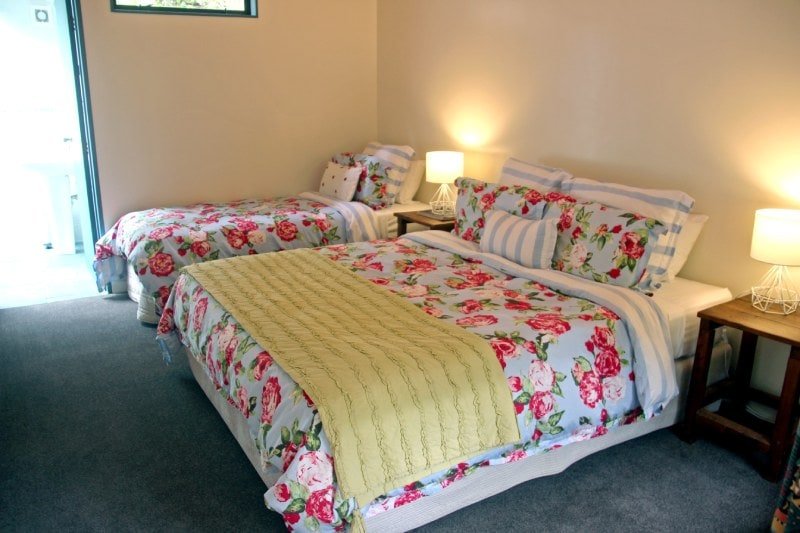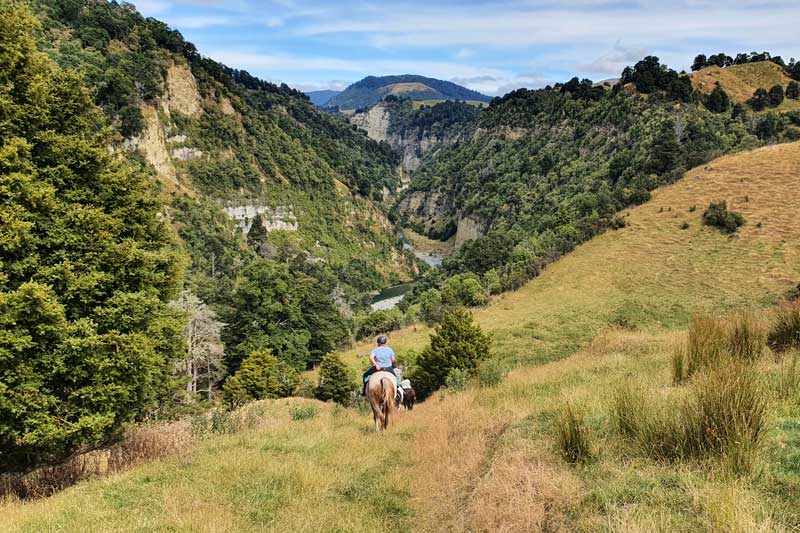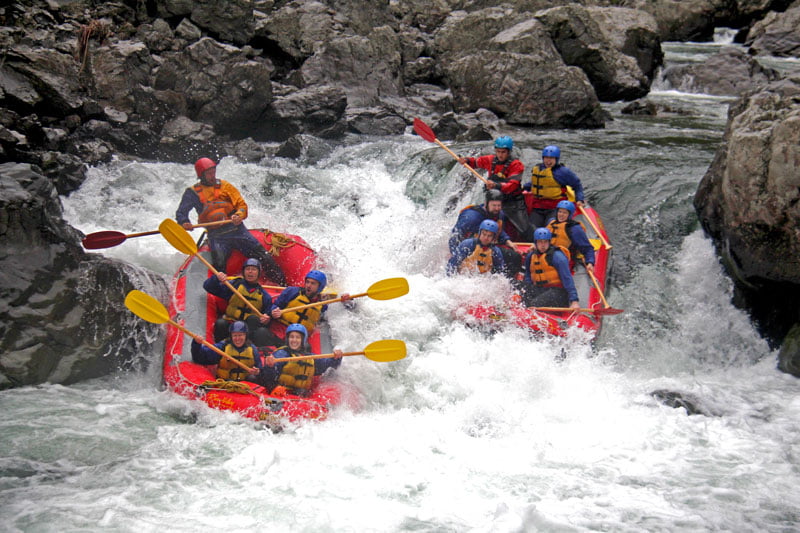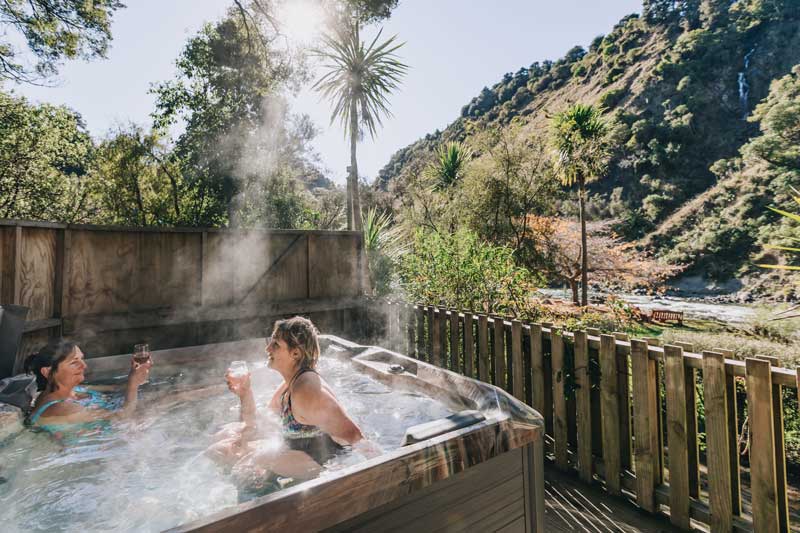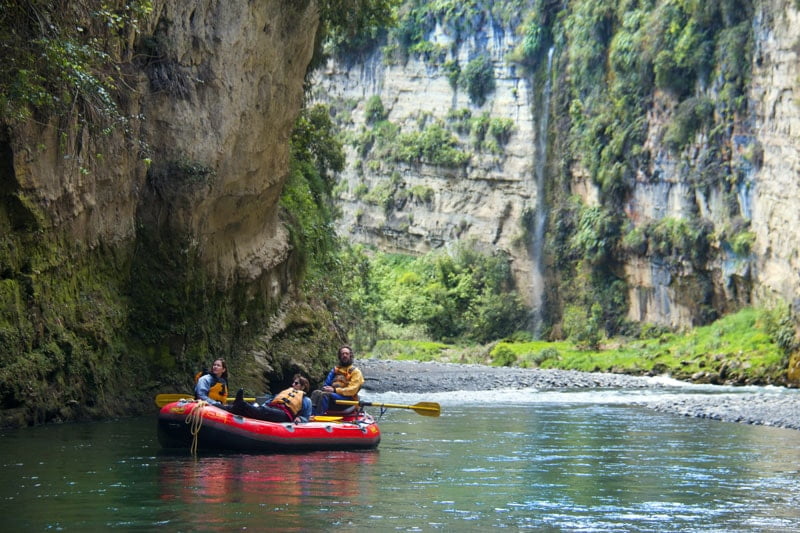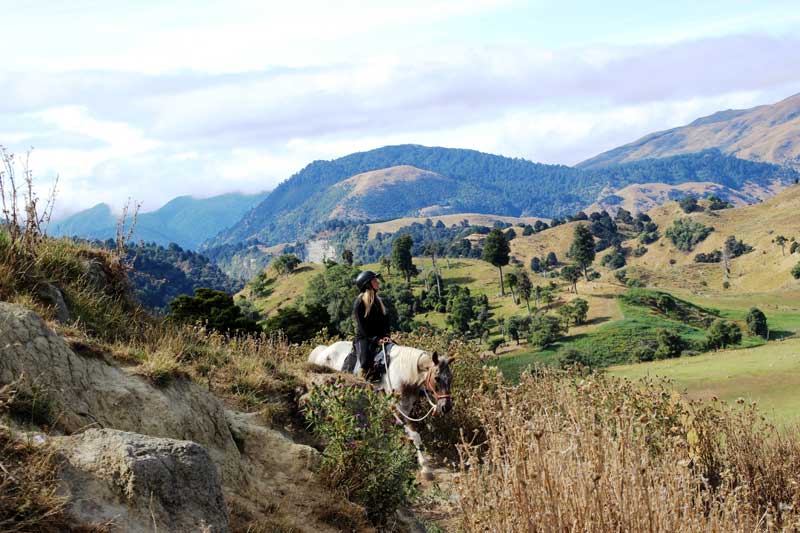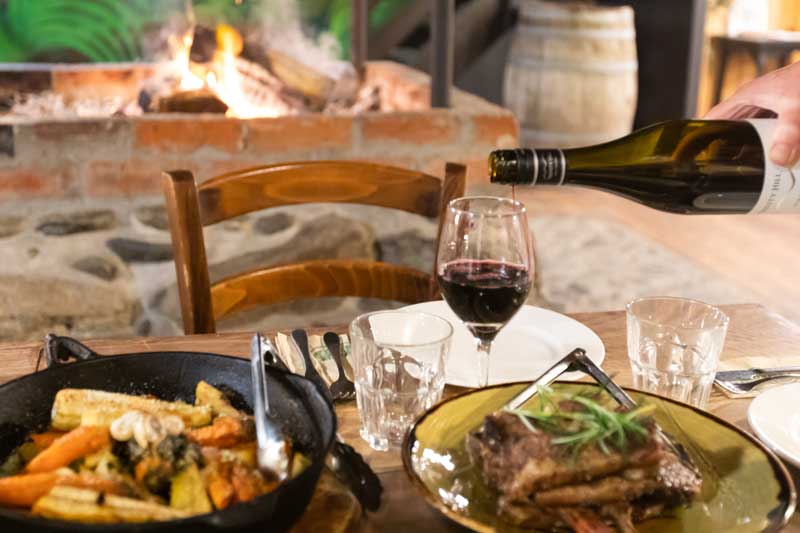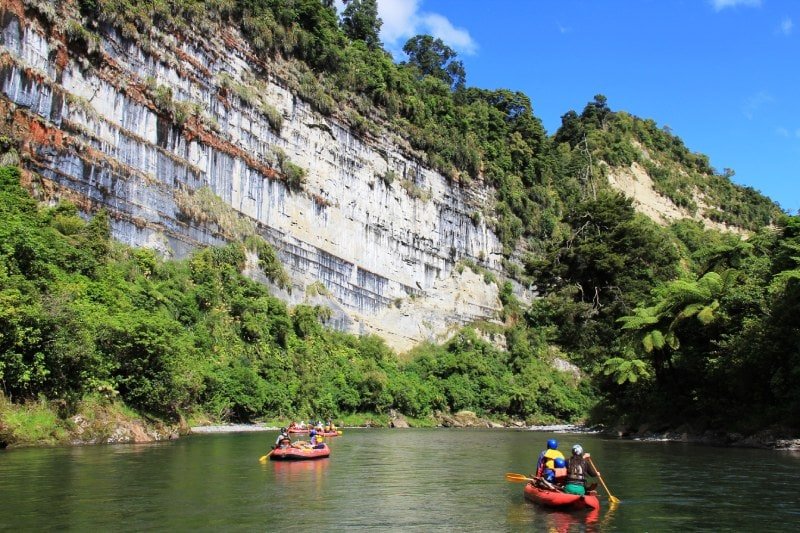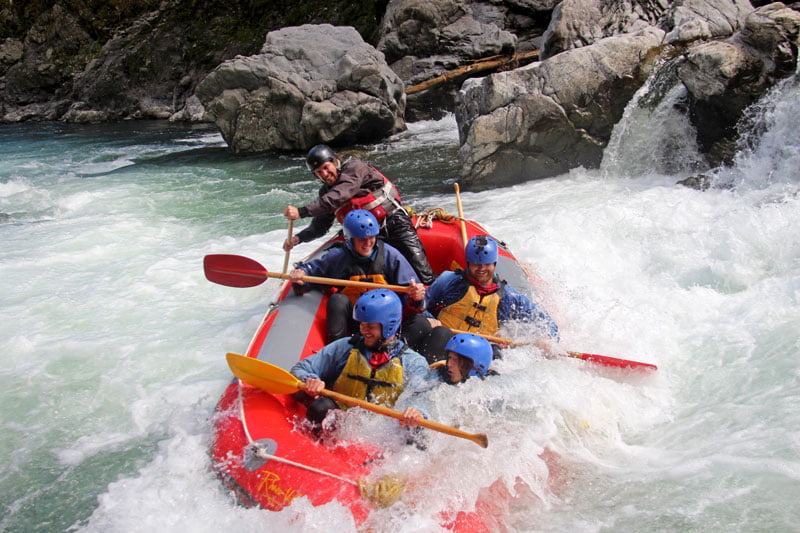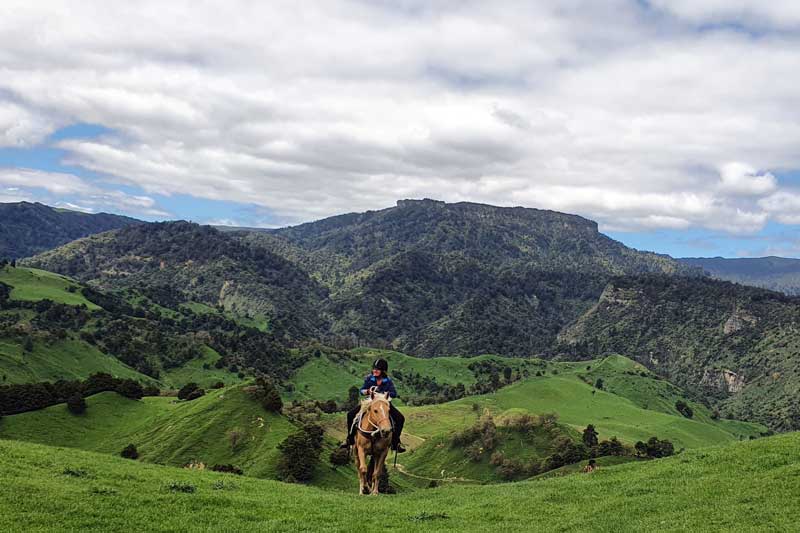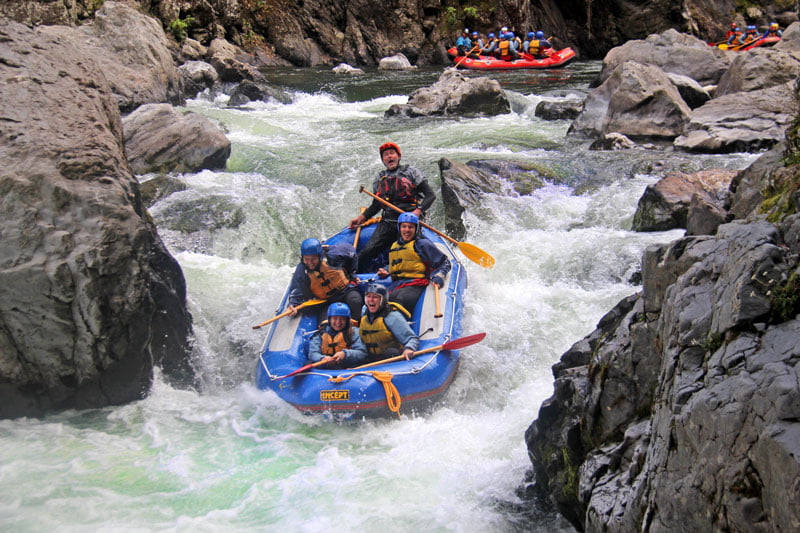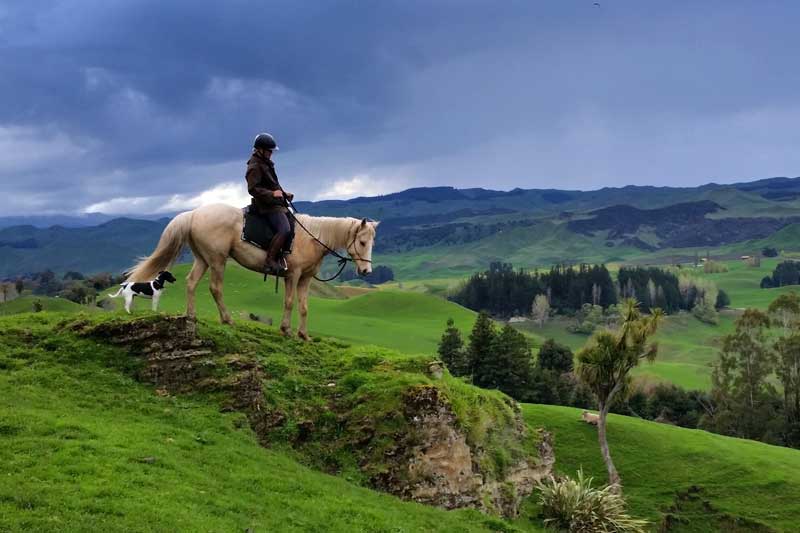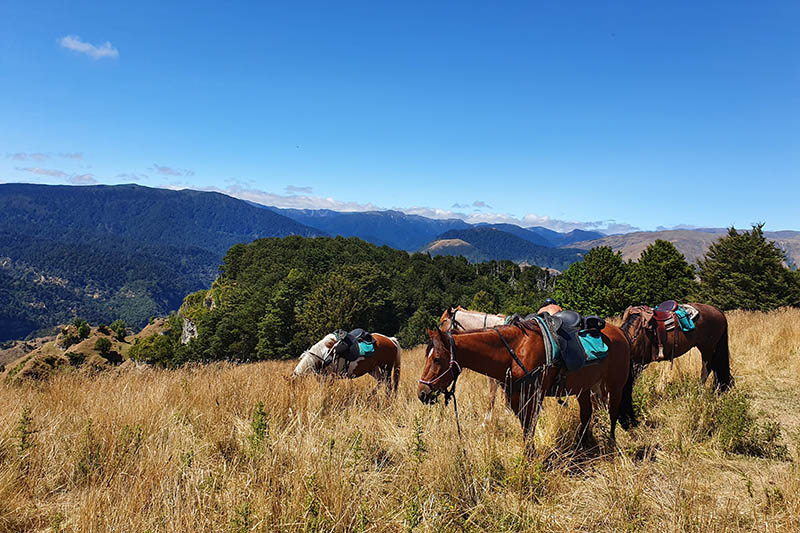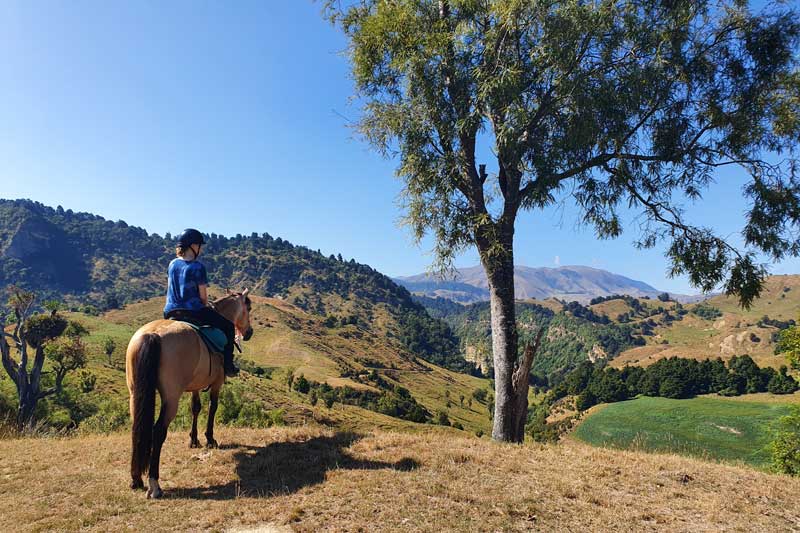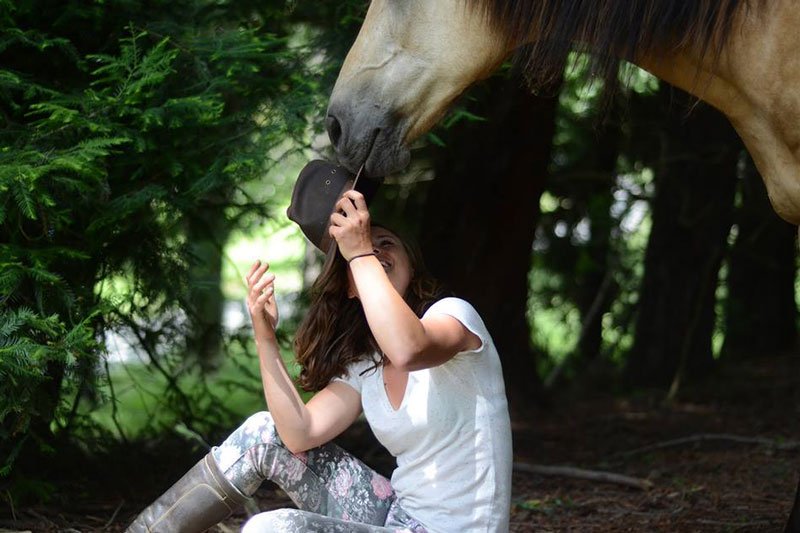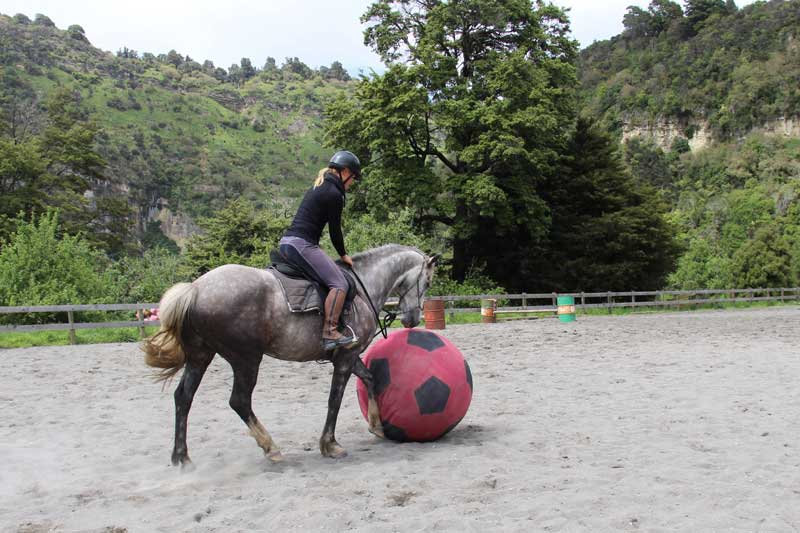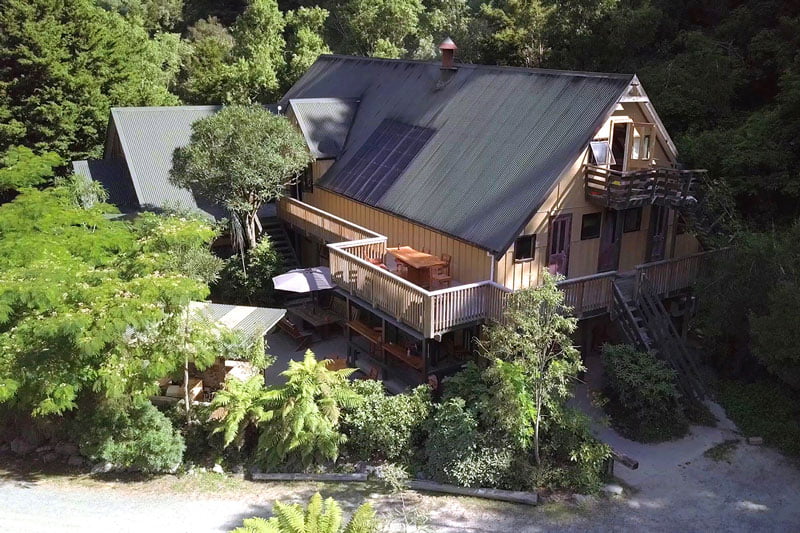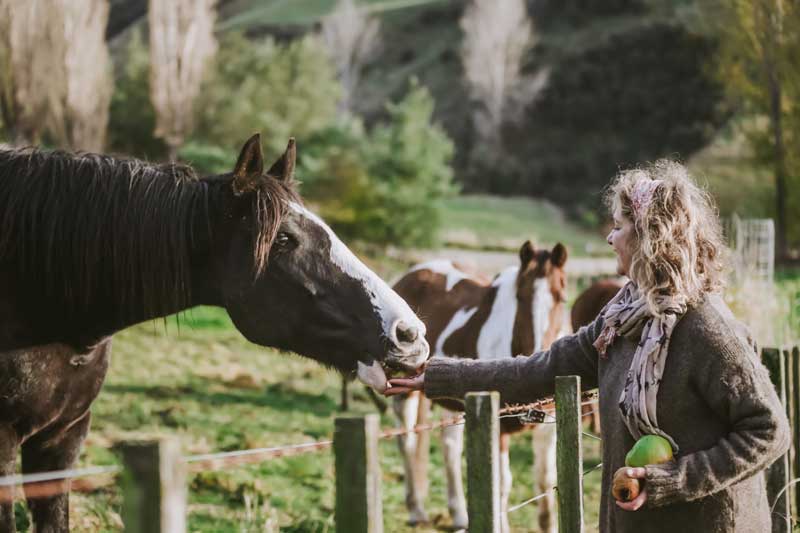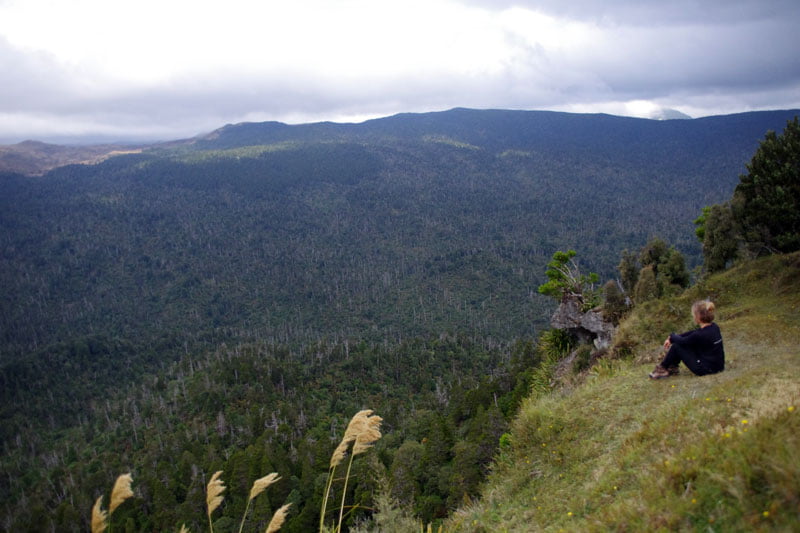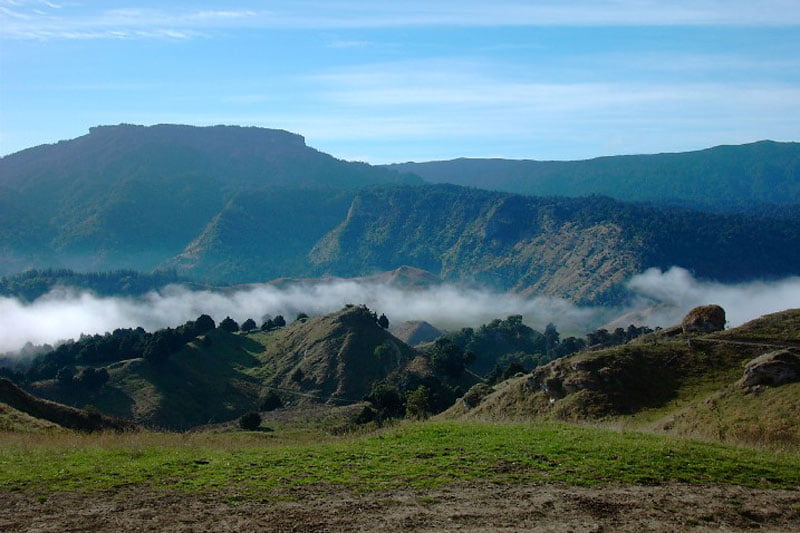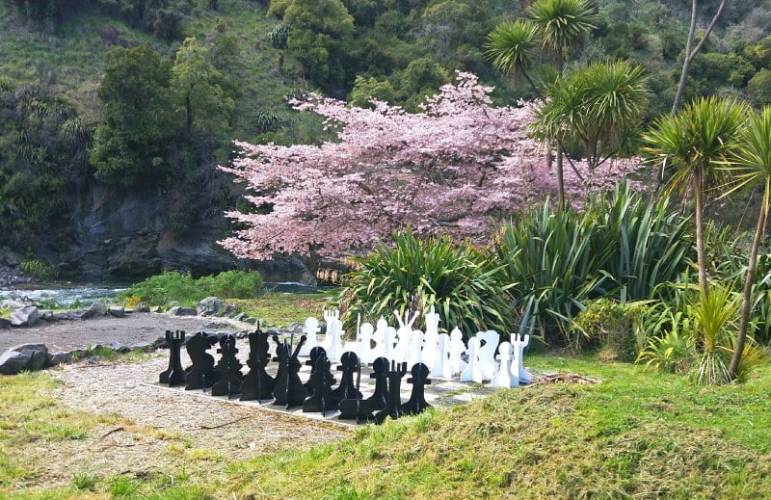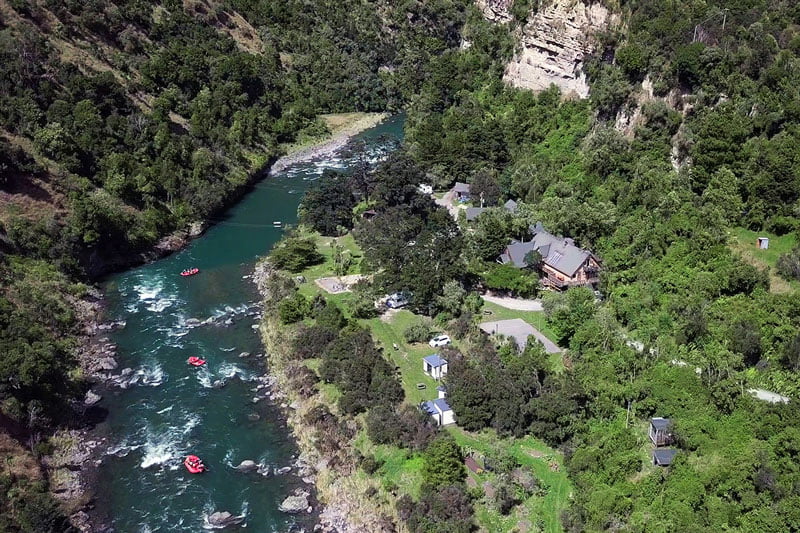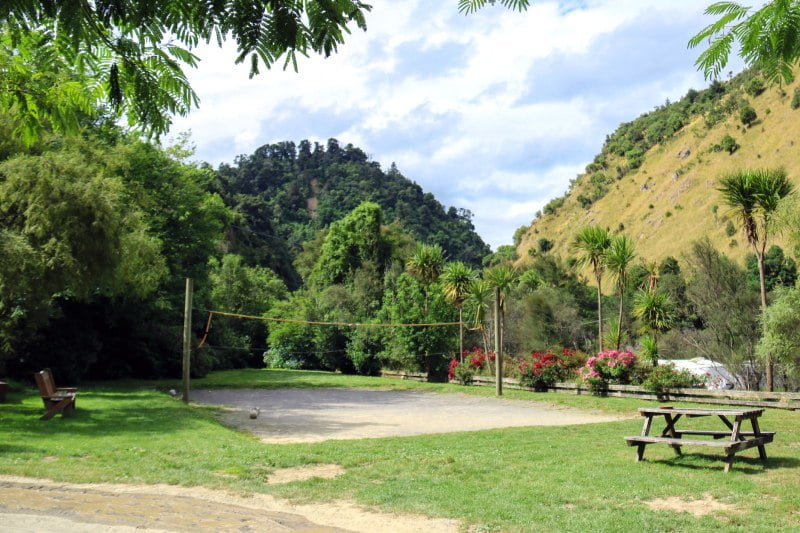The Evolution of Garden Bed Development at River Valley Acres
For this, the latest (and possibly last) extension to the River Valley Acres vegetable gardens, we decided to take a different approach to new bed creation.
For those who have been following the evolution of the vegetable garden, I would like to recap how we created our previous garden beds.
Stage 1
These were the original beds, eighteen in total, mostly 10m long x one metre wide. We ripped in with the tractor and rotary hoed and ripped that soil to within an inch of its life. The aim was to kill all the vegetation – we did not use any herbicide – to leave a soil surface that could be easily raked, and also bring stones to the surface where they could be collected. This style of cultivation no doubt released carbon held in the soil as humus into the atmosphere—the wrong way on so many counts.
Once we had laid out the individual beds, we raked dirt from the paths and on to them, creating in effect small somewhat raised rows. To assist in weed prevention, paths were covered in pine peelings from the local sawmill. A couple of beds were double dug, but we soon decided to do that was arduous work and abandoned double digging from that point on. These and all the other beds get broad forked to aerate them at least once per year.
All that cultivation at the time probably did an immense amount of harm to the soil microbiology. However, with regular composting – typically twice a year – these beds are now highly productive.
Stage 2
We decided to do things a little differently with this expansion. First of all, the whole area was covered in plastic tarps through most of the winter. This extended tarping killed most of the weeds. Once the tarps were removed, we used a much smaller garden style rotary hoe and again ripped the soil up, but not to the extent we had done with stage 1. Similarly, soil microorganisms got a bit of a hiding.
These new beds were set out at 750mm wide and 14 metres long, giving the same approximate area of 10 square metres as those created in stage 1. All the beds were heavily composted before any planting. They, like all the other beds in the garden, will never be dug over or hoed again.

Stage 3
The process of experimentation continues!
What we have done with the latest addition is as follows. To kill the weeds, we again tarped the beds for most of the winter. However, this time around, we decided on zero cultivation. Instead, what we have done is purchase a roll of packaging cardboard, and with this, we rolled that out over the ground previously tarped.
On this cardboard, using pegs and builders string, we laid out our planting beds and paths – 750mm wide x 14 metres long beds, and 400mm wide paths (I have big feet). As each part of the layout is completed, we compost directly on top of the cardboard for the garden beds and again using pine peelings, we cover the paths. You can see how this is looking in the photos.
The intention is that we will not do any direct seeding, except for some sweet corn, into these new beds this season. Instead, we will transplant seedlings. These new rows will not be broad forked until autumn or even early spring next year, by which time the cardboard will have well rotted down.
The idea of using the cardboard covered by either pine peelings as a mulch on the paths, and compost on the rows, is that we will avoid disturbing the soil surface. Disturbing the soil surface by cultivation would encourage the germination of a multitude of weed seeds.
This technique also emulates natural processes better. For example, nature generally places potential soil additions on the surface. She does not dig them in.
As the season goes on, we will do the odd update about how this latest technique is working.
Happy growing!
Brian Megaw
